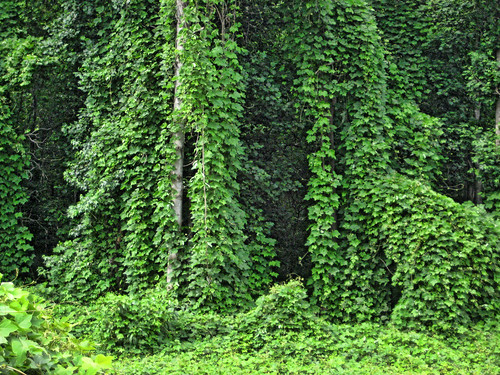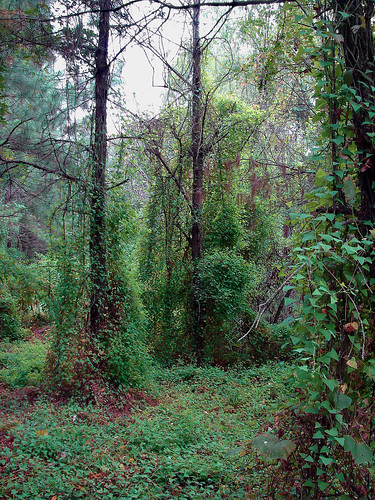To me, this sounds like a April 1 joke (except it wasn't published on the first of April). First, if you have weeds, wouldn't you be happy to get rid of them? Second, I doubt chefs would pick weeds in urban lawns that most likely have been sprinkled with pesticides, cat urine, and exhaust fumes plus other unmentionable things. Third, chefs leaving recipes? This story smells funny all the way from Oregon. It is possible it is true of course, but that remains to be seen.
 |
| Urban foraging for edible plants in Belgium. Would you eat the plants from this spot? Creative Commons photo by foam on Flickr. |
I grew up picking wild stinging nettles in early spring, when the shoots were small (but still stung). You had to were gloves, and our patch was so small that only only got enough for one meal per year (or rather, I think we gave up after that). You cooked the soup down like spinach soup and all the stinginess was gone after boiling, add some cream or milk, and then served with a hard-boiled egg cut in half that floats like two boats in the green sea. Yummy, and here is a recipe. The stinging nettles are certainly weeds.







